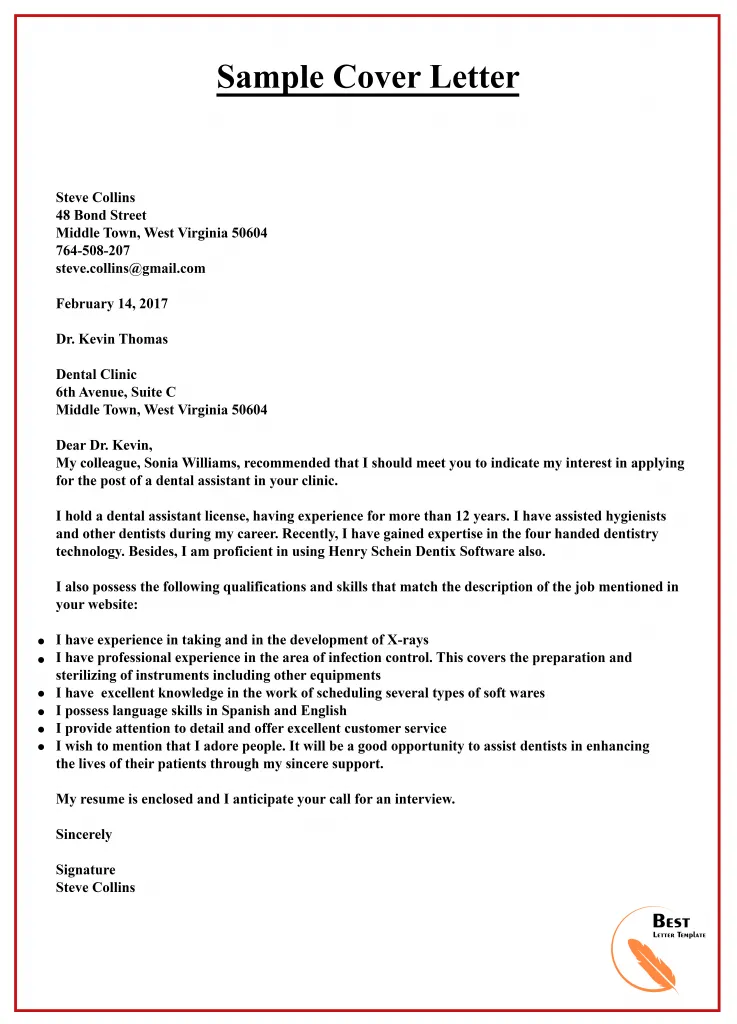Why a Great Cover Letter Matters
In the competitive world of job applications, a cover letter can be your secret weapon. It’s your chance to make a strong first impression and distinguish yourself from other applicants. While your resume provides a summary of your skills and experience, the cover letter allows you to tell your story, showcasing your personality, enthusiasm, and the unique value you bring to a potential employer. A well-crafted cover letter can significantly increase your chances of landing an interview, making it a crucial component of any job application strategy. A great cover letter isn’t just a formality, it’s your opportunity to shine.
First Impressions Count
The opening of your cover letter is critical. It sets the tone for the entire document and captures the reader’s attention. A strong opening should immediately demonstrate your understanding of the role and the company. Avoid generic phrases and instead, craft a compelling introduction that highlights your key skills and experiences relevant to the position. The first few sentences should convince the hiring manager to keep reading, piquing their interest and making them eager to learn more about you. This initial impression can often make or break your chances, so focus on making it count.
Highlighting Your Unique Value Proposition
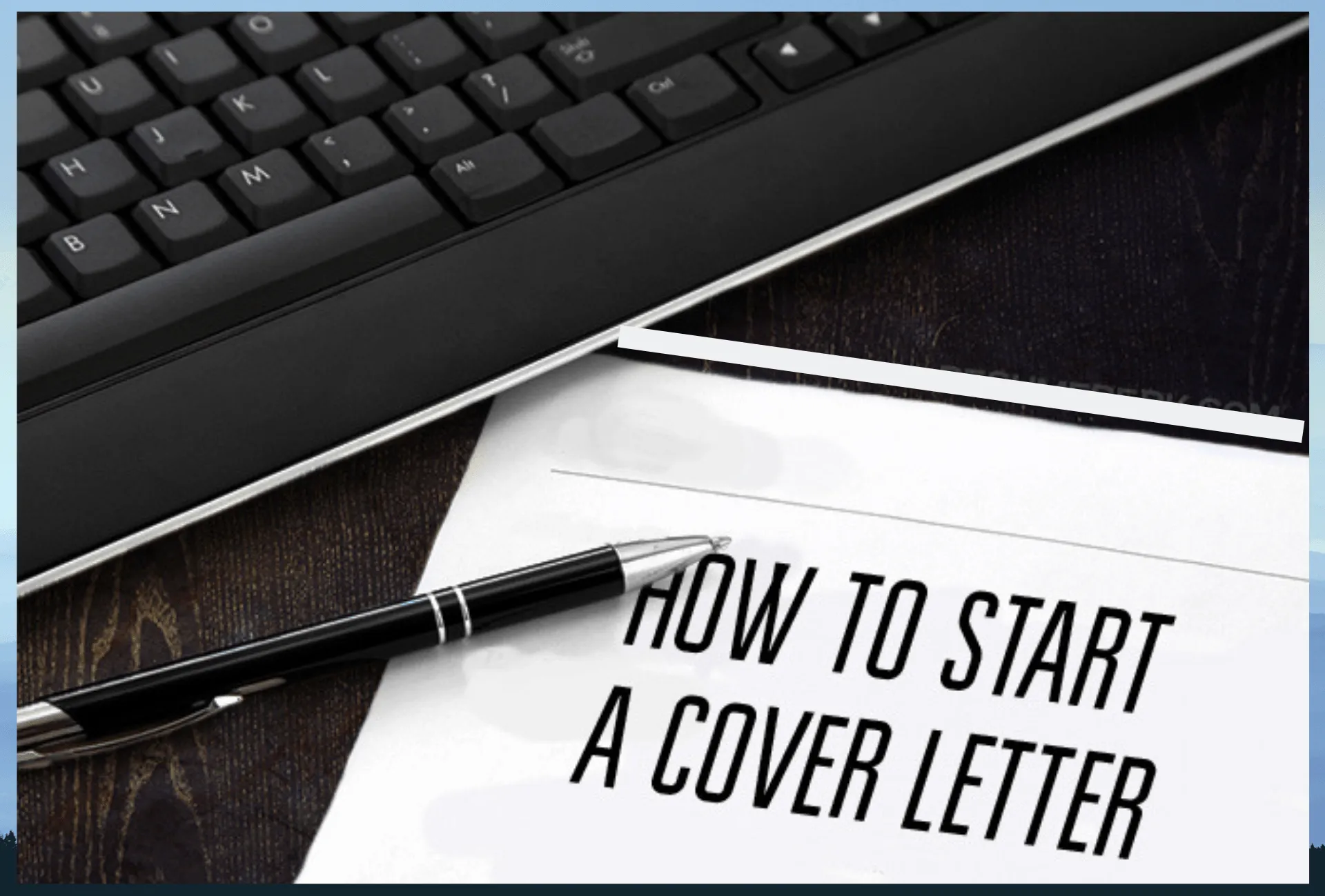
Every candidate brings something unique to the table. Your cover letter is the perfect place to highlight your unique value proposition, which is what sets you apart from other applicants. Think about what makes you special and why you are the best fit for the job. This could be a specific skill, a particular experience, or a unique perspective you bring. Clearly articulate your value proposition, demonstrating how your skills align with the company’s needs and how you can contribute to their success. This allows you to differentiate yourself and show the hiring manager the specific benefits of hiring you.
Understanding the Purpose of a Cover Letter
The primary purpose of a cover letter is to introduce yourself to a potential employer, expressing your interest in a specific position, and explaining why you are a strong candidate. It’s an opportunity to expand on your resume, providing context and detail that a resume alone cannot convey. Unlike your resume, which is a factual summary, a cover letter allows you to showcase your personality, enthusiasm, and writing skills. It’s a chance to demonstrate how your skills and experiences align with the job requirements and what you hope to achieve in the role. The cover letter should also indicate why you are interested in this specific company.
Showcasing Your Personality
While professionalism is key, a cover letter also allows you to inject your personality into your application. This helps the hiring manager get a sense of who you are beyond your qualifications. Use a tone that reflects your personality and aligns with the company culture. Share a brief anecdote, a personal interest, or your enthusiasm for the role to create a connection with the reader. The goal is to make yourself memorable, allowing the hiring manager to see you as a real person and not just a collection of skills and experiences. Showing your personality can make you stand out from the crowd.
Cover Letter vs. Resume
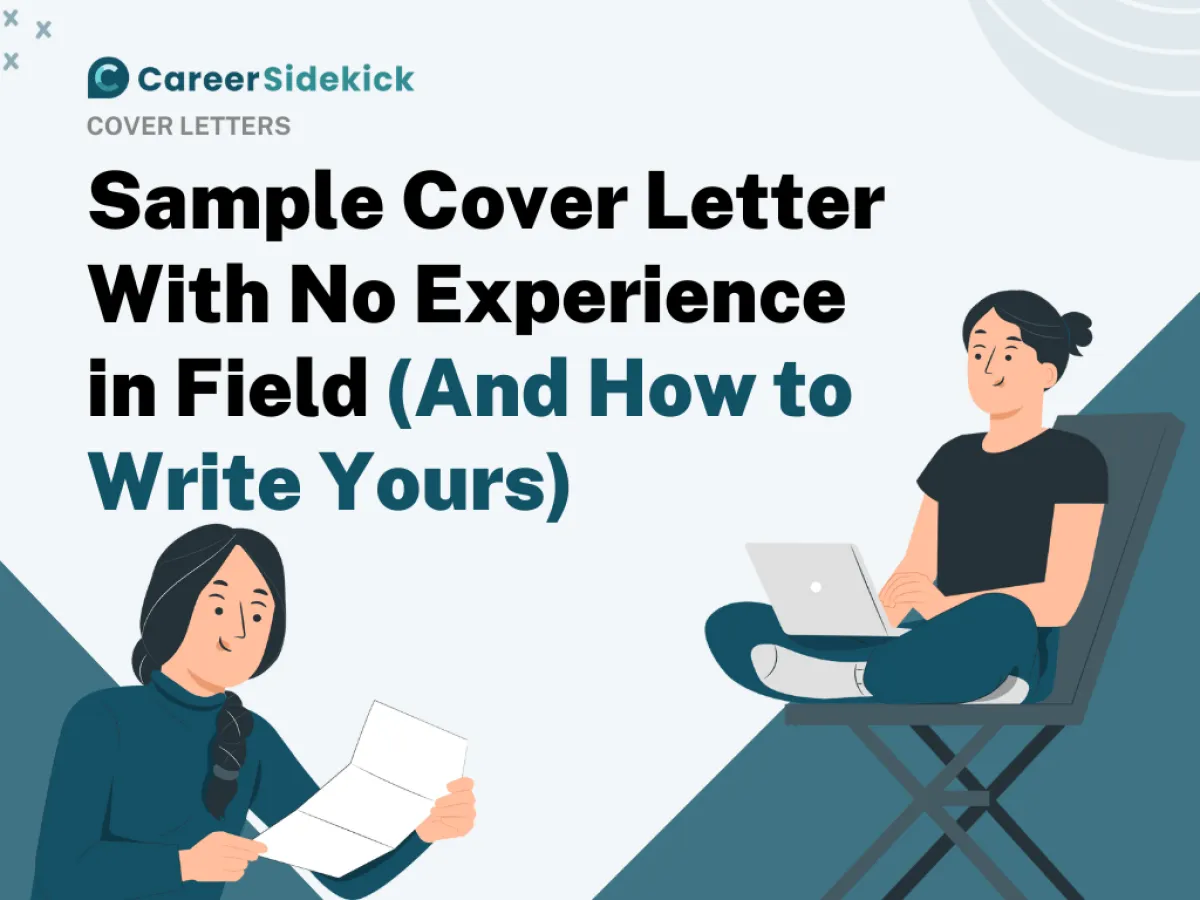
Understanding the distinction between a cover letter and a resume is crucial. The resume is a concise summary of your work history, skills, and education, while the cover letter is a narrative that complements your resume. Your resume focuses on the ‘what’ – what you’ve done, what skills you have, and your education. Your cover letter, on the other hand, focuses on the ‘why’ and ‘how’ – why you’re interested in the role, how your skills and experiences align with the job requirements, and how you can contribute to the company’s success. Think of the cover letter as your opportunity to elaborate on the details and provide context to your resume.
Key Components of a Compelling Cover Letter
A well-structured cover letter should include several key components that work together to present a compelling case for your candidacy. These components guide the reader through your qualifications and make it easy for them to understand why you are a great fit for the role. Each section should be carefully crafted to convey your message effectively. Ensure you follow a clear format, using concise language and persuasive arguments to highlight your key strengths and the value you bring to the company. A well-organized cover letter demonstrates professionalism and attention to detail.
Contact Information and Addressing
Start your cover letter with your contact information, including your name, phone number, email address, and optionally, your LinkedIn profile URL. This information should be clearly displayed at the top, so the hiring manager can easily reach you. Always address the cover letter to a specific person, if possible. Research the hiring manager’s name and use it in your greeting. This shows you’ve taken the time to do your research and personalize your application. If you can’t find a specific name, use a professional greeting like ‘Dear Hiring Manager’.
Opening Paragraph Strategies
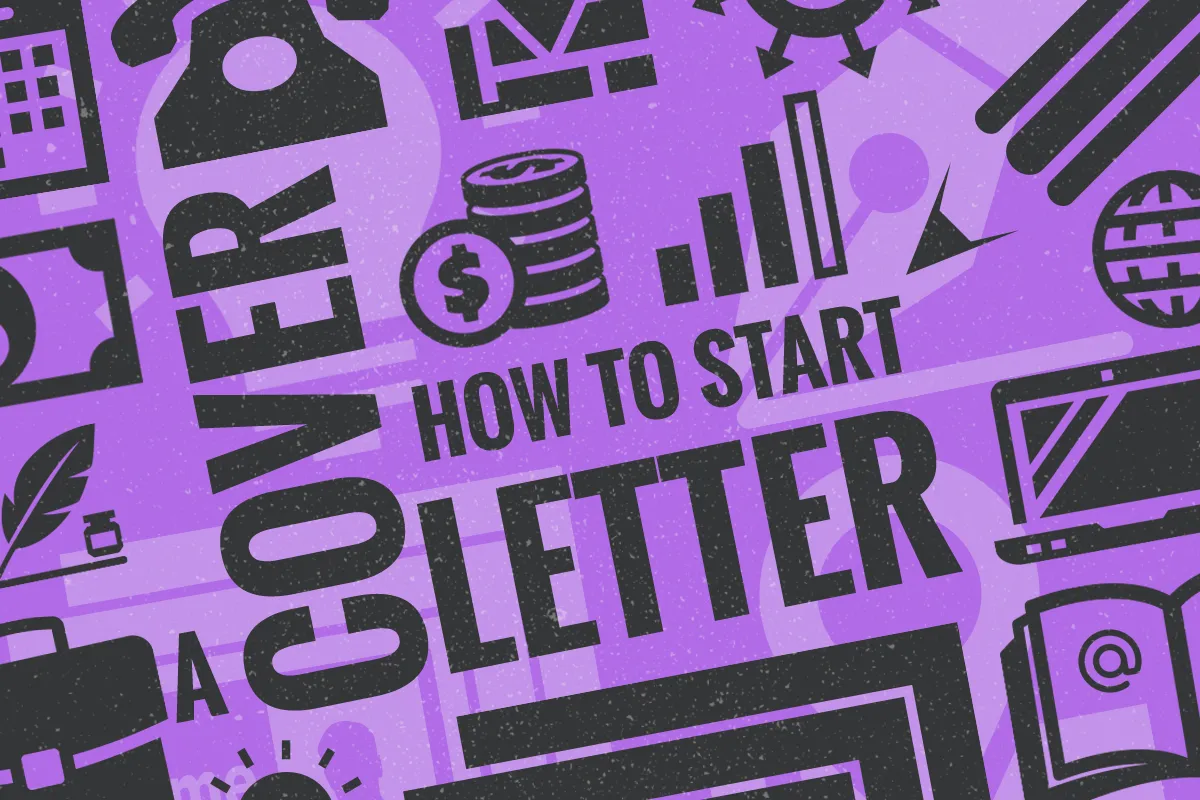
The opening paragraph is your chance to grab the reader’s attention. Clearly state the position you are applying for and where you found the job posting. Immediately highlight why you are interested in the role and the company. You could mention a specific achievement, a skill related to the job, or a personal connection to the company. For instance, you could start with, ‘I am writing to express my keen interest in the Marketing Manager position advertised on your company website.’ or ‘I was excited to see the opening for a Software Engineer…’ The first paragraph sets the stage for the rest of your letter, so make it count.
Body Paragraphs Crafting Your Story
The body paragraphs are where you elaborate on your qualifications and tell your story. Use these paragraphs to highlight your relevant skills and experiences. Provide specific examples of your accomplishments and quantify your achievements whenever possible. For example, instead of saying ‘Managed social media accounts,’ say ‘Managed social media accounts, increasing engagement by 30% and follower growth by 15%.’ Connect your skills and experiences directly to the job requirements. Show, don’t just tell, by providing concrete examples of how you have demonstrated these skills in the past. Showcasing your accomplishments will convince the reader of your value.
Closing Paragraph and Call to Action
Your closing paragraph should reiterate your interest in the position and thank the hiring manager for their time and consideration. Briefly summarize your key qualifications and reiterate your enthusiasm for the opportunity. End with a clear call to action, such as, ‘I am eager to discuss my qualifications further in an interview’ or ‘I am available for an interview at your earliest convenience.’ Provide your contact information again. This will remind the reader how to reach you. A strong closing paragraph leaves the reader with a positive impression and encourages them to take the next step.
Formatting and Design Tips
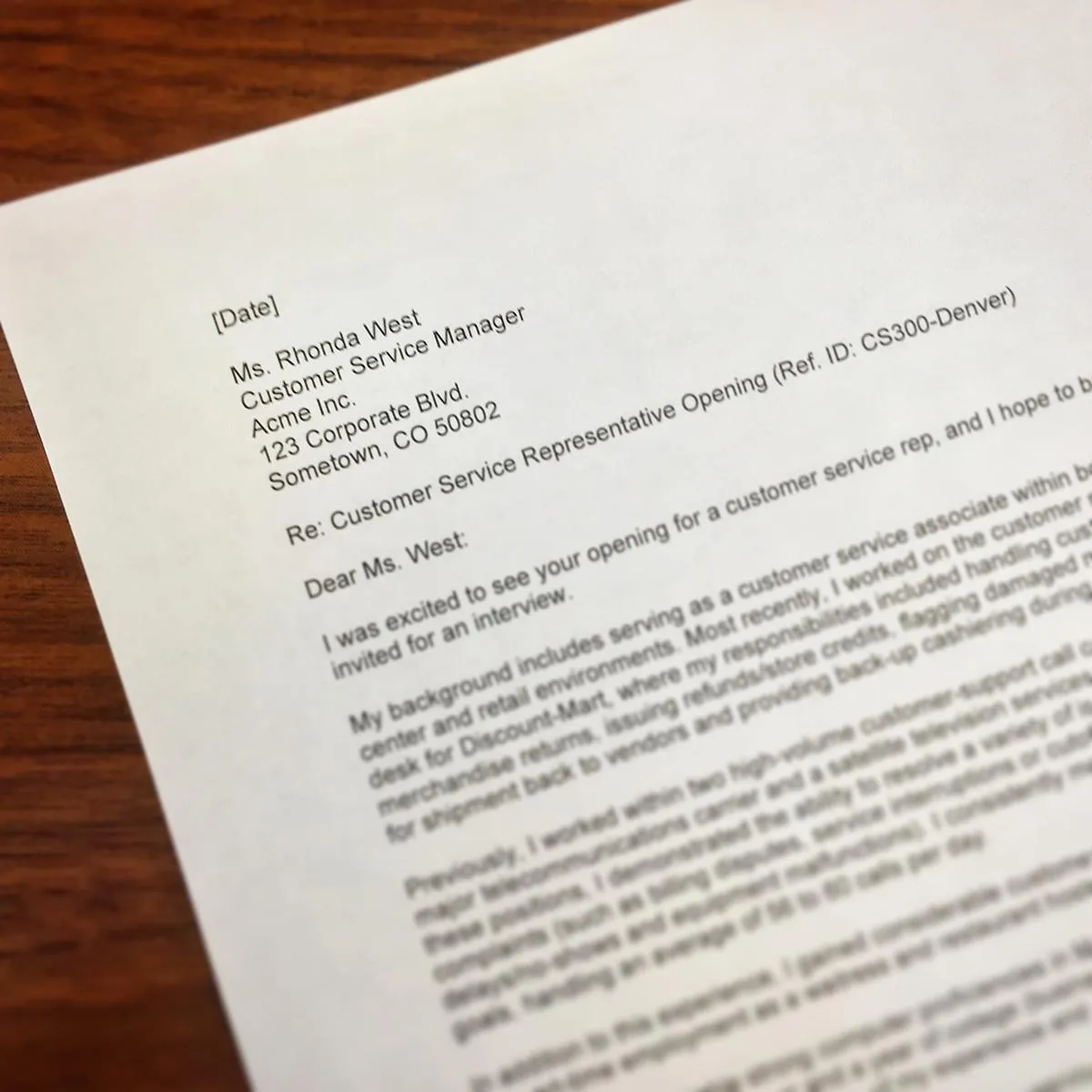
The visual presentation of your cover letter is as important as the content. Clean formatting and design make your letter easy to read and demonstrate your professionalism. Proper formatting can significantly affect how the hiring manager perceives you, making the letter visually appealing. The goal is to present your qualifications in an organized and easy-to-read format. Well-formatted letters often stand out from others.
Font and Readability
Choose a professional and readable font, such as Times New Roman, Arial, or Calibri. The font size should be between 10 and 12 points to ensure readability. Use consistent formatting throughout your letter, including the font, font size, line spacing, and margins. Use headings and bullet points to break up large blocks of text and make it easier to scan. Ensure your letter is well-spaced, with adequate margins on all sides, and consider the layout of your content. The use of white space is crucial for readability.
Professional Tone and Language
Maintain a professional tone and use clear, concise language. Avoid slang, jargon, and overly casual language. Use active voice and strong verbs to make your writing more impactful. Proofread your letter carefully for grammar, spelling, and punctuation errors. Aim for a confident and enthusiastic tone, highlighting your skills and experiences. Avoid any negative language or negativity about previous employers. Your cover letter should reflect your professionalism and attention to detail. It’s also important to avoid overly complex language or long, rambling sentences that can make your points difficult to understand.
Proofreading and Editing Checklist
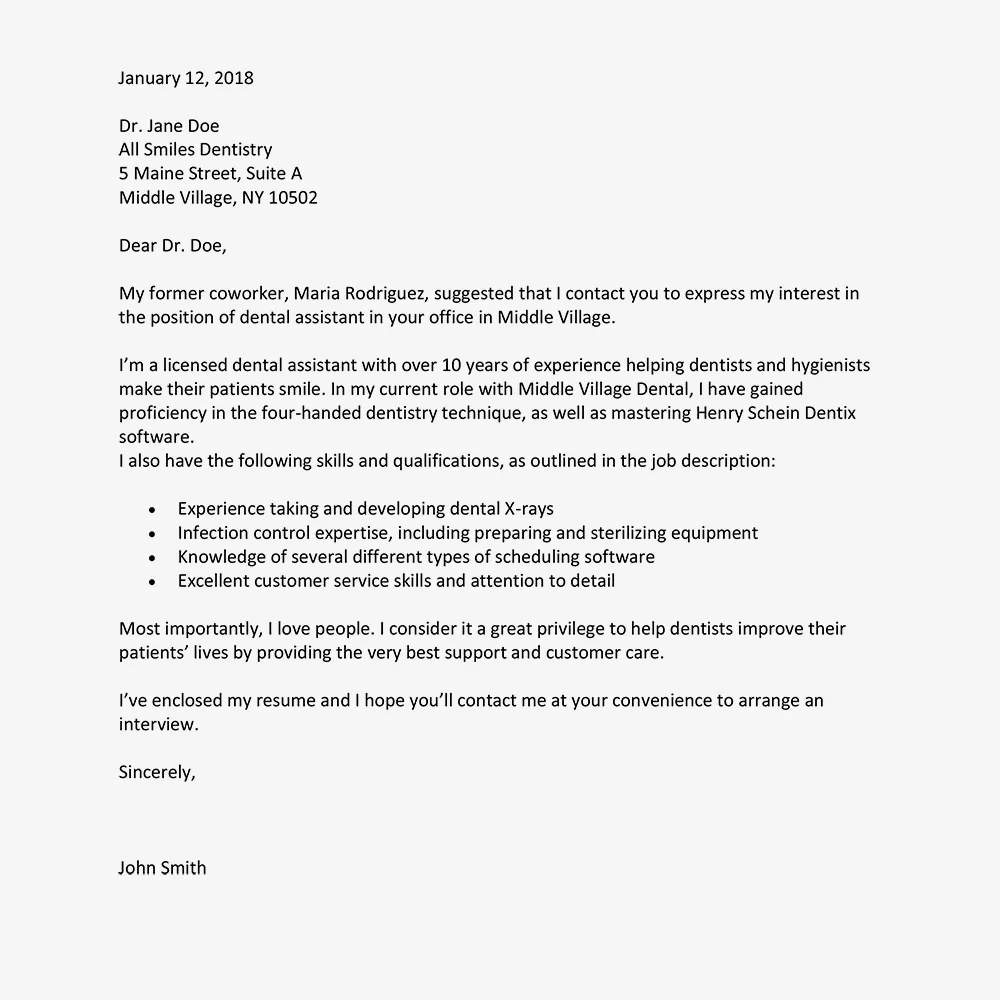
Proofreading and editing your cover letter is a crucial step in the job application process. Errors can undermine your credibility and diminish your chances of getting an interview. A well-proofread cover letter shows that you pay attention to detail and take your application seriously. Always review your letter to make sure your content is clear and correct.
Checking for Grammar and Spelling Errors
Carefully check your cover letter for any grammatical errors, spelling mistakes, and punctuation issues. Use a grammar checker and spell-checker to catch any potential errors, but don’t rely solely on these tools. Read your letter aloud to catch awkward phrasing or sentences that don’t flow well. Ask a friend, family member, or career counselor to review your cover letter for errors. A fresh pair of eyes can often spot mistakes that you might miss. The final product must be error free.
Ensuring the Tone is Consistent
Make sure the tone of your cover letter is consistent throughout. Ensure your language is professional, enthusiastic, and aligned with the company culture. Avoid using overly casual language or slang. Check that the tone matches the job description and the company’s values. Your tone should be appropriate for the position and company. Read your letter from beginning to end to ensure the tone remains the same. If you are unsure of the company culture, it is always best to err on the side of formality. Make sure your tone aligns with the overall message you want to convey.
Tailoring Your Cover Letter
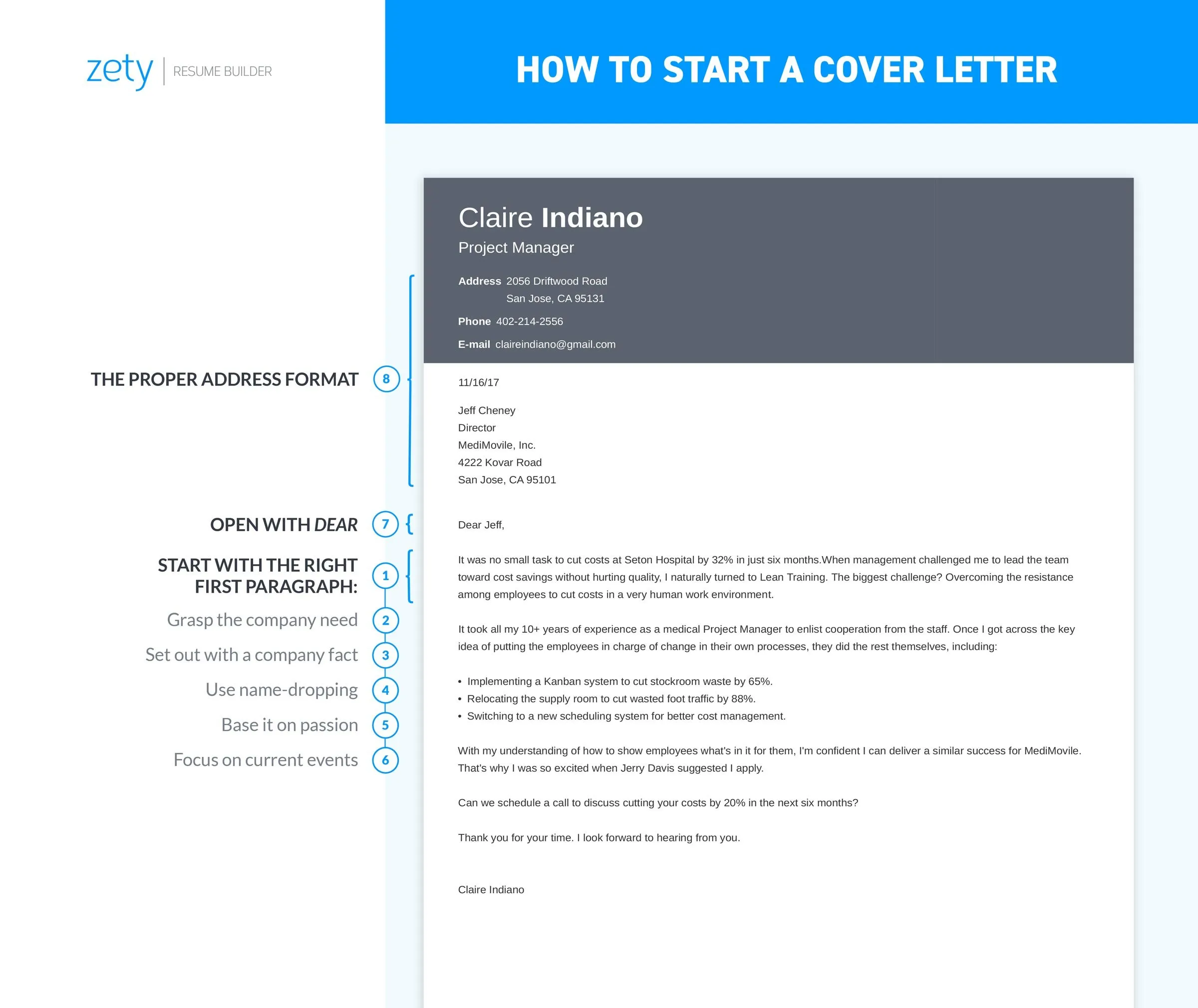
A generic cover letter is unlikely to impress a hiring manager. Tailoring your cover letter to each specific job application is critical. Tailoring your letter shows the hiring manager that you are genuinely interested in the role and have taken the time to understand their needs. It helps show that you’re more than just an applicant; you’re a candidate that is engaged and ready to begin.
Researching the Company and Role
Before writing your cover letter, research the company and the specific role you are applying for. Visit the company’s website, read articles about the company, and check out their social media pages. Understanding the company’s mission, values, and recent accomplishments will help you demonstrate your interest and explain how your skills align with their needs. Carefully review the job description and identify the key requirements. Use the job description to identify what the hiring manager is looking for. Tailor your letter to address these requirements, highlighting the skills and experiences most relevant to the position. The more you know, the better you can create a compelling cover letter.
Customizing Your Letter for Each Application
Avoid using a generic cover letter for every job application. Customize your letter for each position by highlighting the skills and experiences most relevant to the specific role. Refer to the job description and tailor your content to the requirements listed. Personalize your letter by mentioning the company’s name, the hiring manager’s name (if known), and any specific projects or achievements that align with their needs. This personalization will make your cover letter stand out and show the hiring manager that you are serious about the position. Show that you’ve taken the time to learn about the company.
